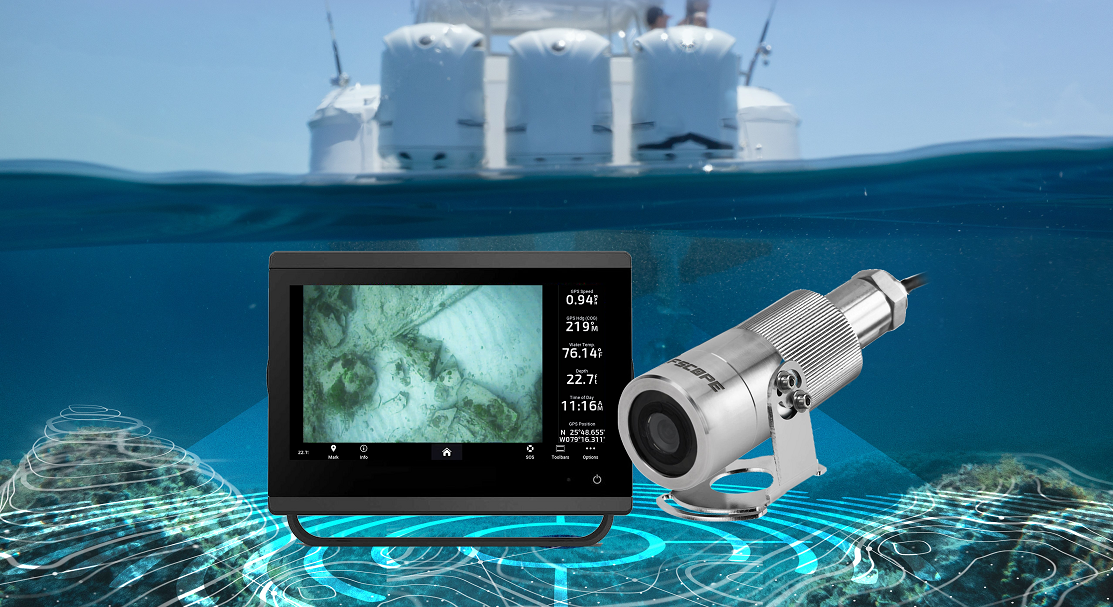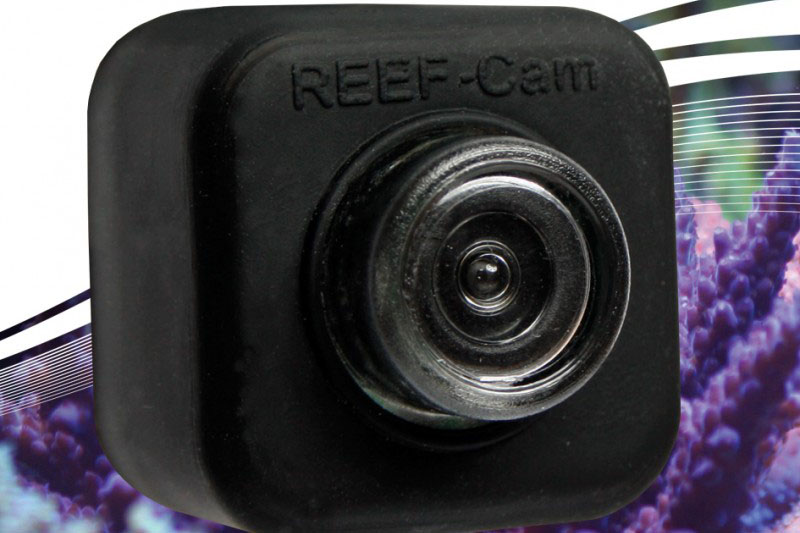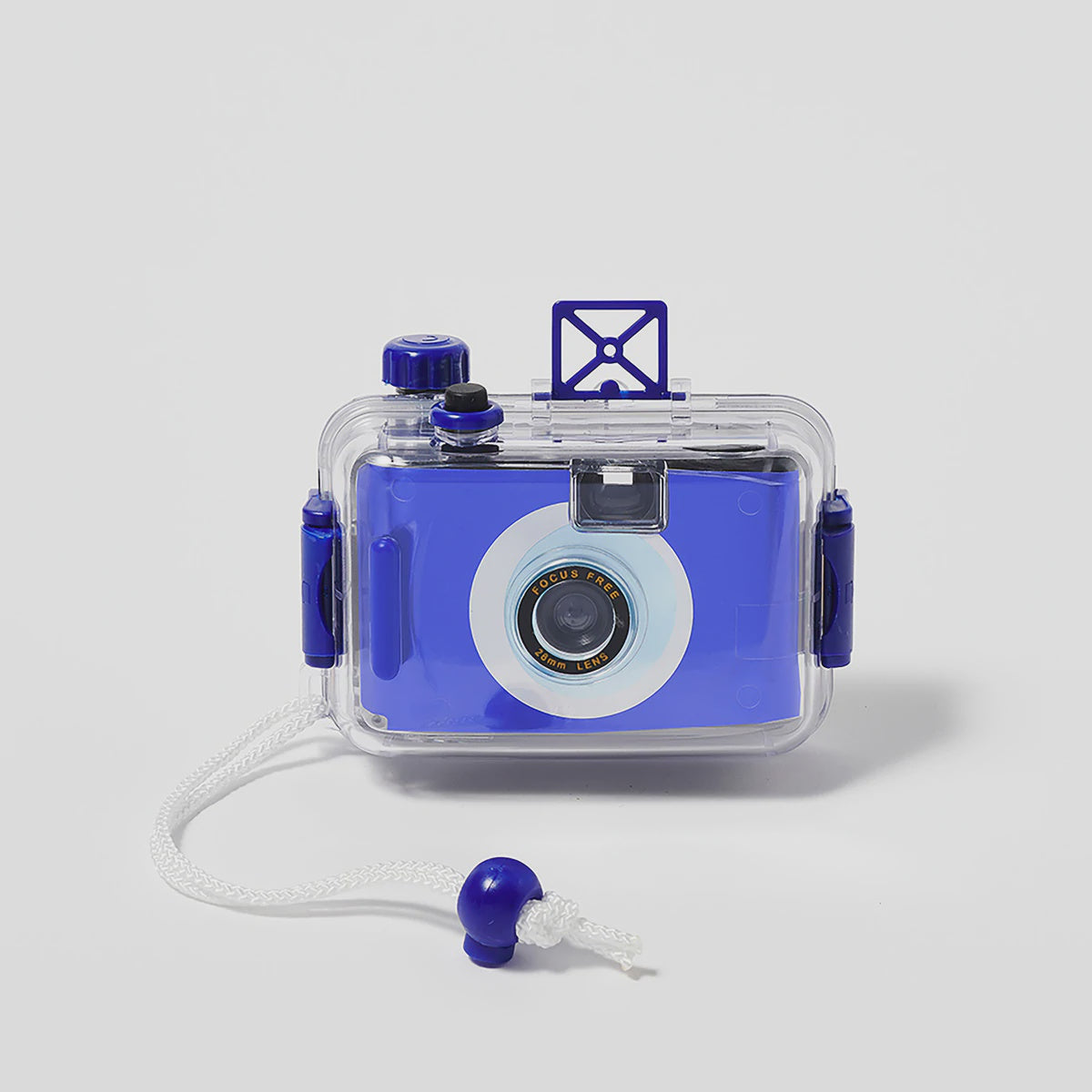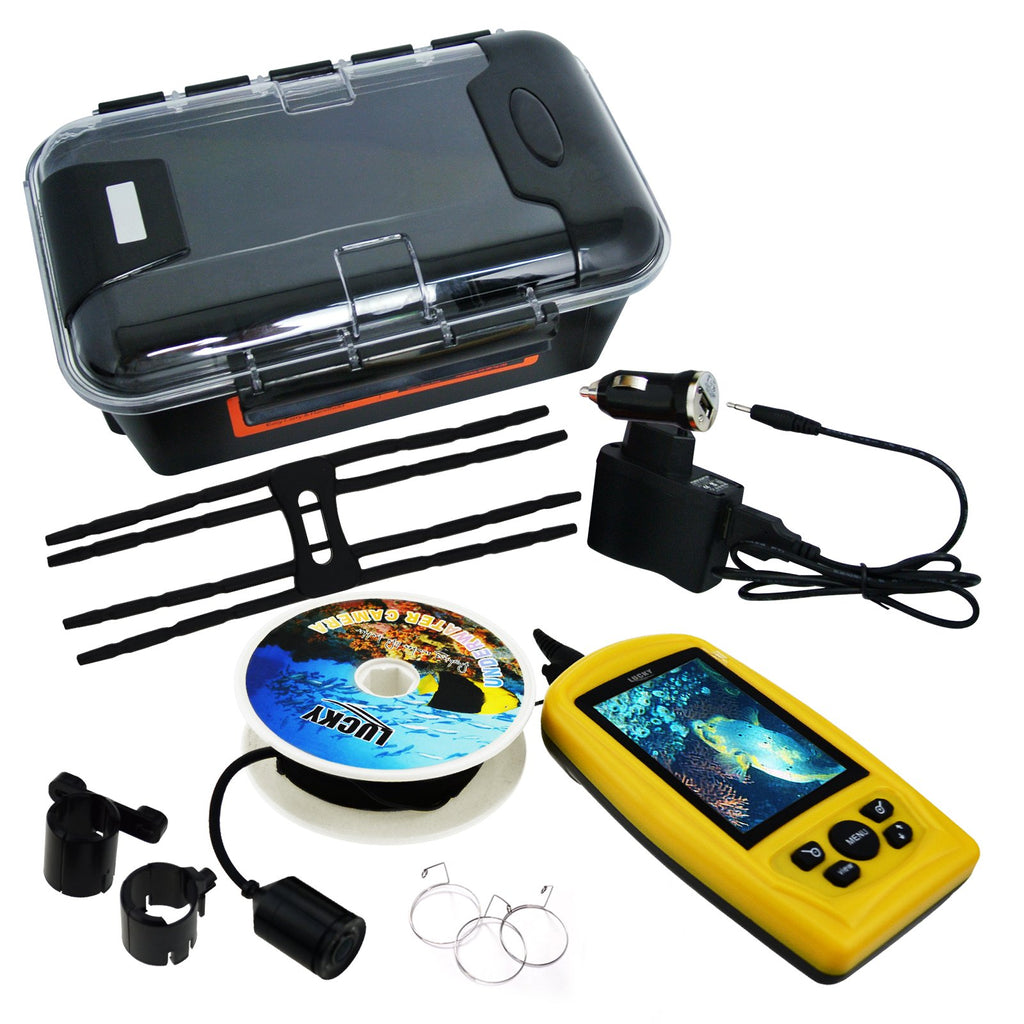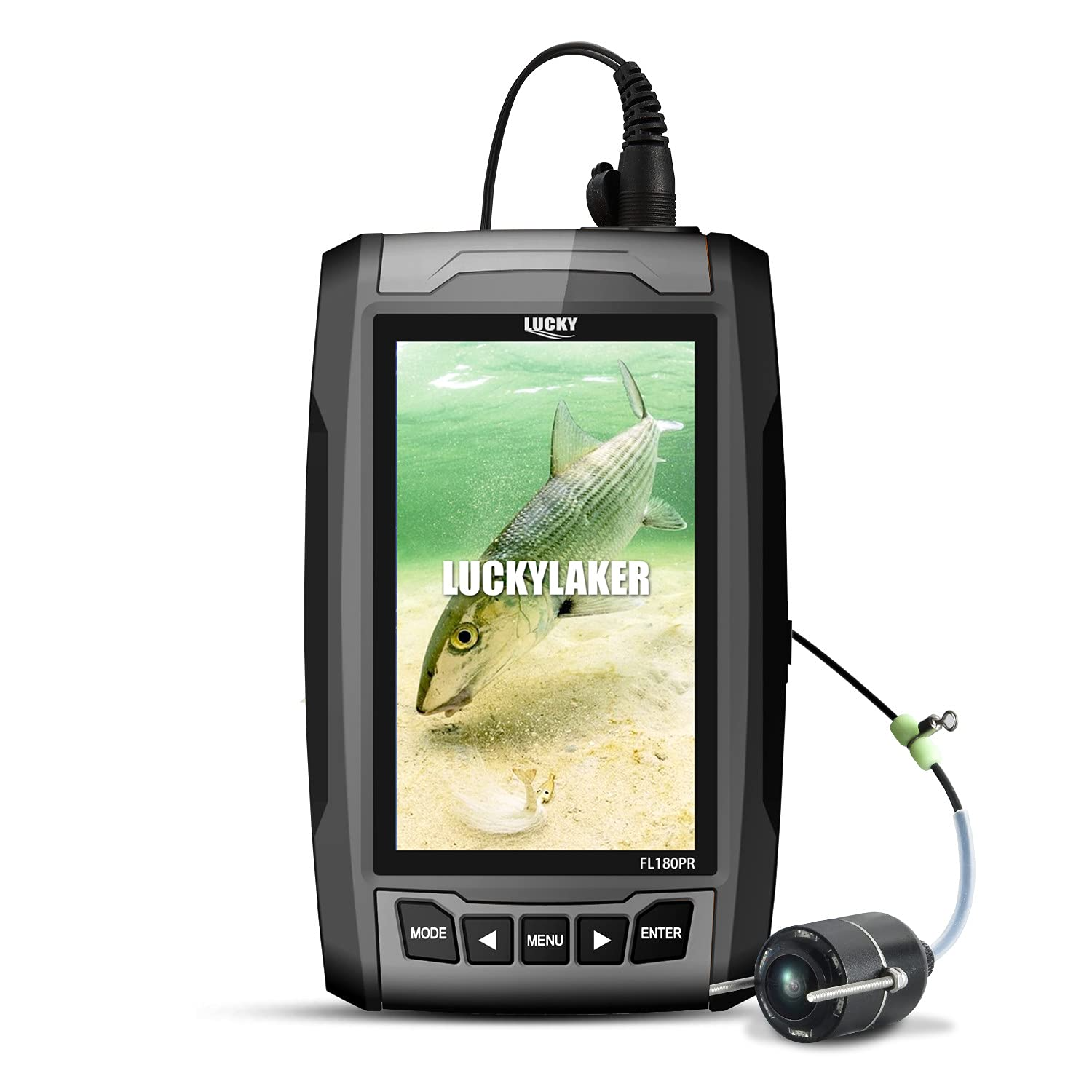Introduction to Live Underwater Cameras and Their Impact on Ocean Exploration
Live underwater cameras have ushered in a new era of ocean exploration, allowing us to delve into the depths of the sea with unprecedented access and detail. These technological marvels are not only captivating tools for marine enthusiasts and the general public but also critical instruments in the hands of scientists and researchers. The profound impact of live underwater cameras on our understanding of the ocean cannot be overstated; they illuminate the enigmatic beauty of marine life and reveal the intricacies of underwater ecosystems in real-time.
Before the advent of these cameras, our knowledge of the underwater world was mostly gleaned from sporadic expeditions and studies that could only capture a snapshot of the ocean’s vast and dynamic environment. Now, live underwater cameras provide a continuous window into the deep, offering a sustained observation that was once thought impossible without physically being present in the water. This persistent gaze beneath the waves has revolutionized our approach to marine biology, environmental monitoring, and ocean conservation.
The Evolution of Underwater Imaging Technology
The evolution of underwater imaging technology is a captivating story of human ingenuity and the relentless pursuit of discovery. It’s a tale that begins with the earliest attempts to explore beneath the waves and extends to the sophisticated equipment we have today, which allows us to broadcast the mysteries of the deep across the globe in real-time.
From Early Submersibles to Advanced ROVs
Long before live underwater cameras came into the picture, humans were finding ways to explore the ocean’s depths. The earliest submersibles were simple and rudimentary, providing very limited access and understanding of underwater environments. However, these early machines laid the groundwork for what was to come. As technology advanced, so did our ability to stay submerged longer, dive deeper, and eventually, capture images of the underwater world.
The introduction of cameras to these submersible vehicles was a monumental leap forward. Initially, these were standard cameras placed in waterproof housings. While these early systems could capture images, the process was anything but live. Film had to be manually retrieved and developed before anyone could see the captured images. Nonetheless, these photographs were the first windows into the deep, showing life in places where sunlight couldn’t reach.
The next significant development in underwater imaging was the remotely operated vehicle, or ROV. These unmanned submersibles, equipped with cameras and maneuvered by pilots above the surface, allowed for more precise exploration. They could stay underwater indefinitely, powered and controlled by cables connecting them to their surface ships. As ROVs became more sophisticated, so did their cameras, evolving from simple still photography to video, and eventually, to the high-definition live feeds we see today.
The Role of Live Feeds in Marine Biology and Research
The ability to see what’s happening under the sea, as it’s happening, has dramatically impacted marine biology and research. Live underwater cameras have become indispensable tools for scientists around the world. They provide a non-invasive means to study marine life, allowing for observations of behavior, interactions, and environmental conditions in real-time, which was previously unattainable with still photography or infrequent dives.
For example, live feeds from underwater cameras have enabled researchers to watch the dynamics of a coral spawning event, the hunting habits of deep-sea predators, and even the way different species interact with each other in their natural habitats. These observations have led to new discoveries and a deeper understanding of marine ecosystems, contributing invaluable knowledge to the field of marine biology.
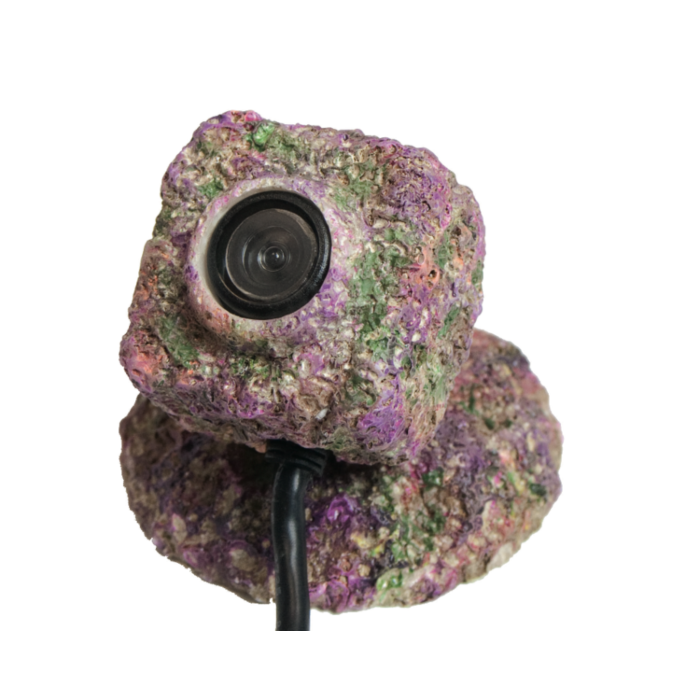
Furthermore, live underwater cameras are instrumental in the continual monitoring of marine environments. They have facilitated long-term studies that track changes over time, such as the effects of climate change on coral reefs. The data gathered from these live feeds has helped to shape conservation strategies and inform policy decisions that aim to protect our ocean’s health and biodiversity.
In essence, the evolution of underwater imaging technology has brought humanity closer to unlocking the ocean’s secrets. From the grainy black and white photos of the early 20th century to the high-definition live streams available today, each advancement has peeled back another layer of mystery, revealing the ocean’s wonders in ever-greater clarity and bringing us face-to-face with a world that was once beyond our reach. As technology continues to develop, the potential for new discoveries grows, promising that the best of our oceanic revelations are yet to come.
The Technical Aspects of Live Underwater Cameras
Camera Housing and Pressure Resistance
One of the primary challenges with live underwater cameras is creating a housing that can withstand the immense pressure of deep-sea environments. The camera housing must be robust and waterproof, often made from materials like titanium or high-strength acrylics to resist the crushing forces at depth. These housings are engineered to protect the delicate electronic components within, ensuring the cameras can operate flawlessly in harsh conditions.
Data Transmission from the Depths
Transmitting live video feed from the bottom of the ocean to the surface is no small feat. The cameras are connected to a series of cables and relay systems that send the captured images and sound to the surface, where they can be broadcast to the internet. This requires a delicate balance of technology and ingenuity to maintain a consistent and high-quality stream over vast distances and through layers of water that can disrupt signals.
The Most Fascinating Live Underwater Camera Feeds
Exploring Coral Reefs in Real-Time
Coral reefs, known as the rainforests of the sea, are some of the most vibrant and diverse ecosystems on Earth. Live underwater cameras positioned within these reefs allow us to witness the daily dramas that unfold in these colorful habitats. From the territorial displays of clownfish to the graceful dance of sea anemones in the current, these feeds offer a continuous look into the lives of coral reef inhabitants.
The Deep Sea: Earth’s Final Frontier
Deep-sea cameras take us into a world few have seen – the abyssal plains and oceanic trenches that are home to some of the most bizarre and otherworldly creatures. These feeds provide real-time observations of bioluminescent jellyfish, giant isopods, and other unique species that have adapted to life in complete darkness, revealing how life can thrive in the most extreme conditions.
